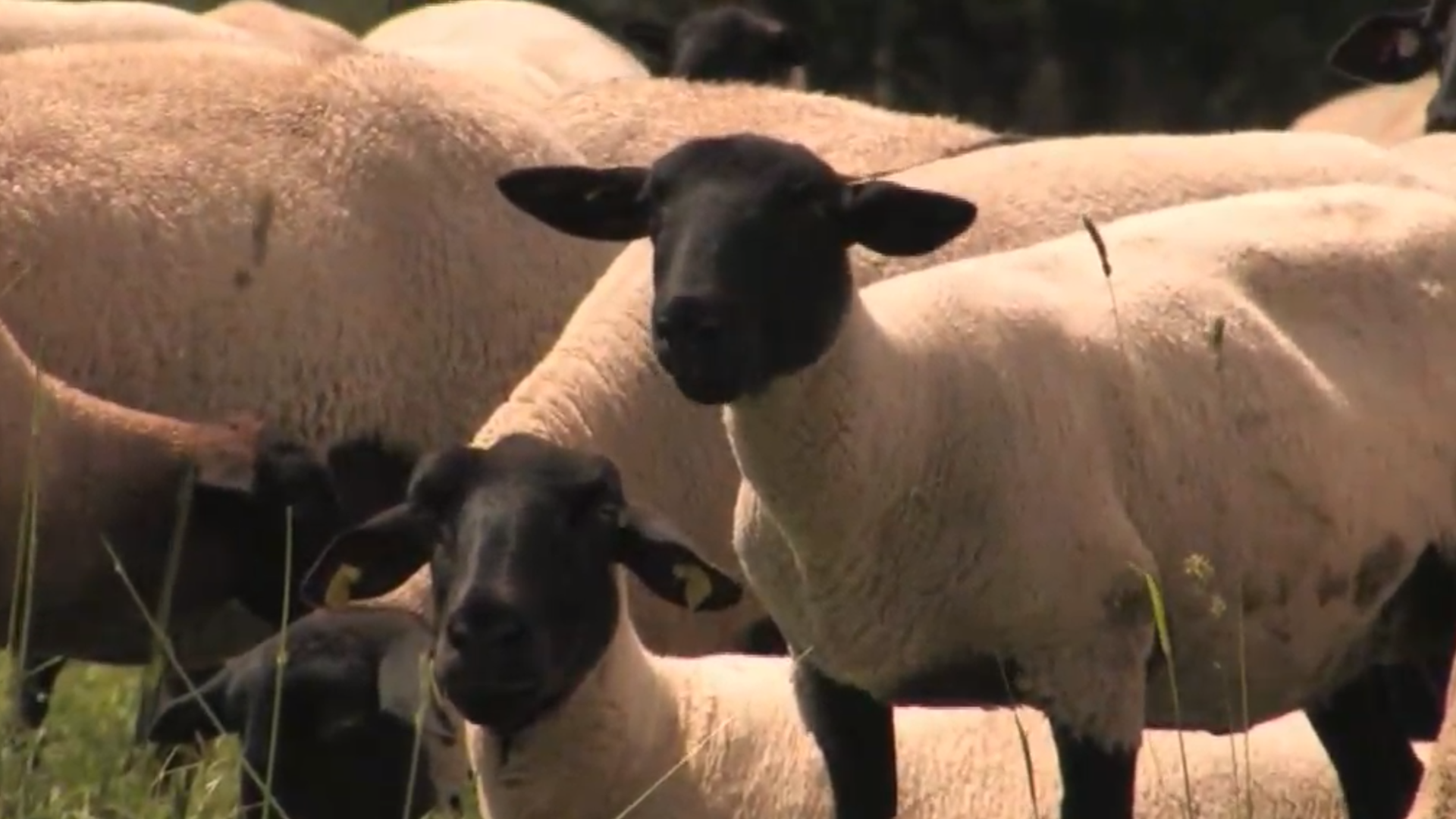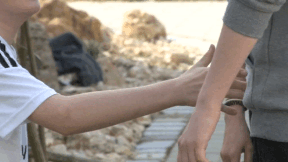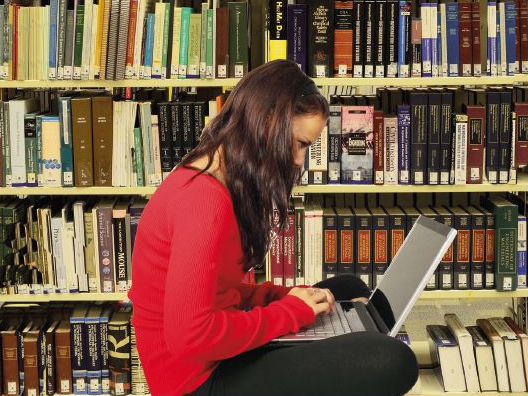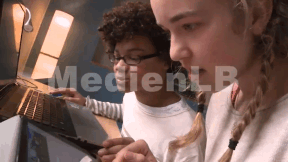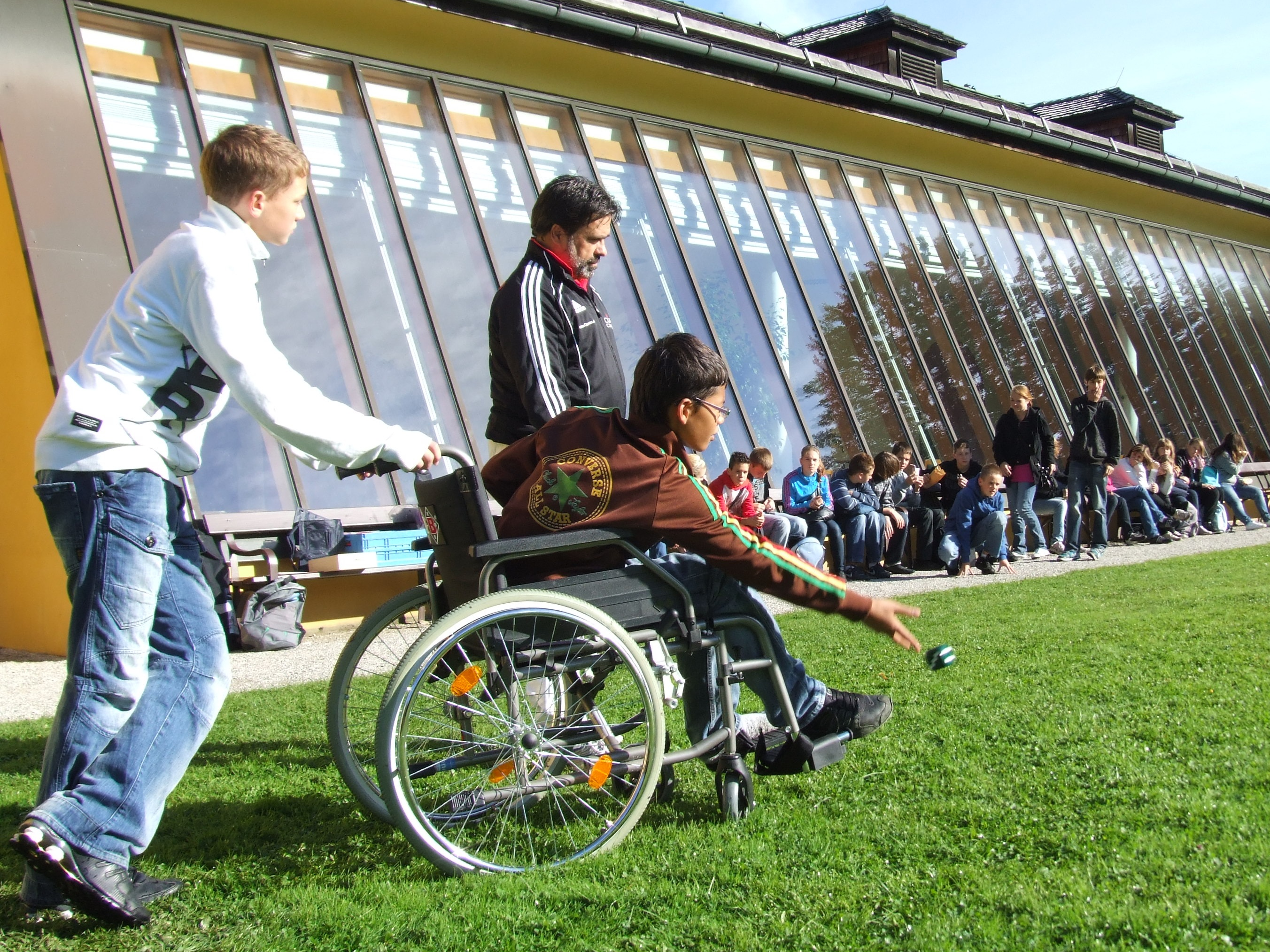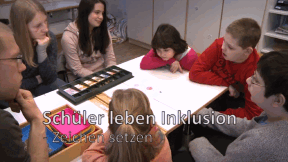 Primary School
Primary School


4665852 / 5558087
Sheep
Characteristics, Reproduction, Utility
The sheep, one of the oldest livestock animals of mankind, has not only supplied us with wool, meat, pelts and milk but has also helped us conserve our landscape. There are between 500 and 600 different varieties. In Germany alone, there are more than 40 breeds. Because of marketing interests sheep were specifically bred for their wool, their meat, their milk and their pelts. Sheep farming, which is very time-consuming, involves shepherding, rearing and processing of wool, meat, milk and pelts. In order to be able to live on sheep farming various products must be marketed. Sheep help to preserve landscapes and provide flood control. Examples thereof are the Heidschnucke, which preserve the heath, and the dike sheep that help consolidate the dikes. Together with the extensive additional material the DVD is ideally suited for use in the classroom.
Play trailer
